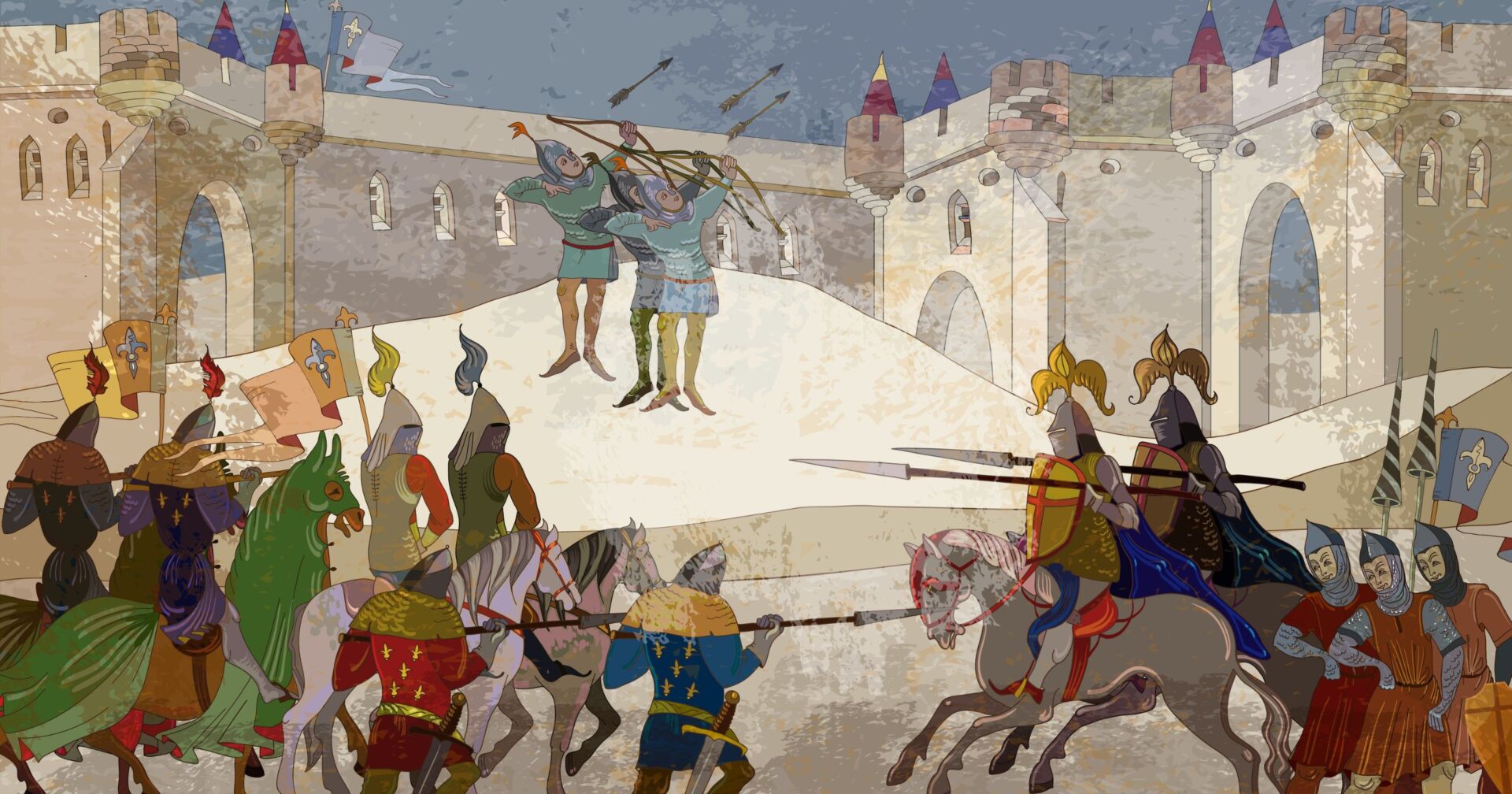In historical texts, references to the crossbow were practically nonexistent in medieval Europe from the 5th century until the 10th century. The crossbow appeared in 947 during the siege of Senlis, in 984 at the siege of Verdun, and made a significant impact at the battling of Hastings in 1066. By the 11th century, the crossbow was commonplace as a battlefield weapon.
At the time, the crossbow was the only weapon that could pierce armor. Any commoner peasant called up to military service could theoretically take down a nobleman or a knight in armor at safe distance – at the time, a morally unthinkable act.
The crossbow was the original “weapon of mass destruction,” seen as a threat to the social order of medieval Europe known as the estates of the realm: The clergy were the First Estate, the nobleman the Second Estate, and the peasants the Third Estate.
For a member of the peasant Third Estate to be able to defeat a member of the noble Second Estate in battle, with relatively little training compared to the chivalric and courtly Christian warrior who adhered to a code of conduct and underwent arduous training, was a threat to the social order and empowered the Third Estate of peasants.
When Pope Innocent II convened the Second Lateran Council in 1139, the ecumenical council addressed the conundrum of the commoner’s crossbow. In Canon 29, crossbows were declared “murderous,” “hateful to god,” and most importantly “anathema” – anybody who used archery against another Catholic would be excommunicated.
“We prohibit under anathema that murderous art of crossbowmen and archers, which is hateful to God, to be employed against Christians and Catholics from now on.” – Canon 29, Second Lateran Council
Of interesting note is the statement begins “We prohibit…” suggesting Pope Innocent II wasn’t making a declaration based on the inherent morality of bows in warfare, but instead a command based on obedience to his papal authority to limit the adoption of increasingly horrific weapons of war.
As the canon was part of an ecumenical council, it still stands today and is included as part of the Jus ad bellum criteria for a just war under the current Catechism:
“- the damage inflicted by the aggressor on the nation or community of nations must be lasting, grave, and certain;
– all other means of putting an end to it must have been shown to be impractical or ineffective;
– there must be serious prospects of success;
– the use of arms must not produce evils and disorders graver than the evil to be eliminated. The power of modern means of destruction weighs very heavily in evaluating this condition.” – Catechism of the Catholic Church 2309
Therefore, still today crossbows and archery are considered non-just means to engage in conflict.
Photo credit: matrioshka / Shutterstock.com















St. Joseph, terror of demons, cleanse this site from insensitive mischievous abuse. Amen.
St. Jean-Baptiste-Marie Vianney, pray for us.
St. Louis-Marie de Montfort, pray for us.